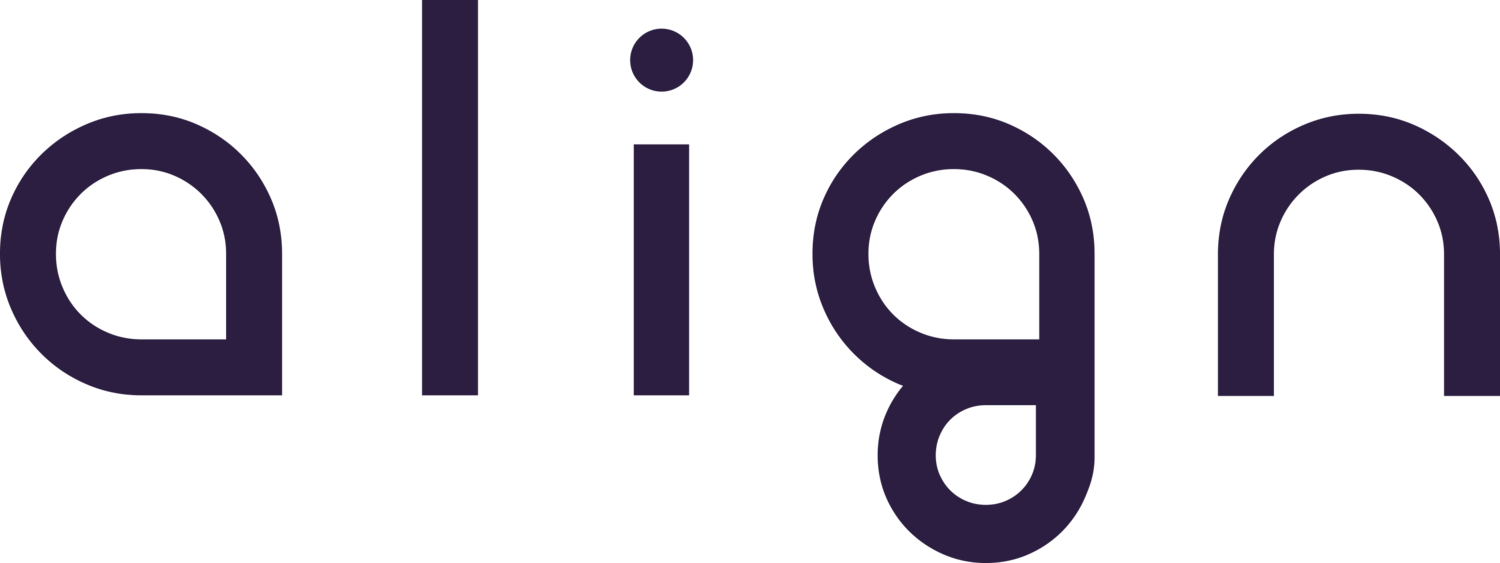The Paradox of Choice
One of my favorite studies, published by Barry Schwartz in his 2004 book “The Paradox of Choice,” gained quick notoriety in the consumer products industry and was a catchy headline for many articles and talks. There are well-discussed examples of the positive outcomes resulting from the reduction of choice. Costco has famously asked you to pay a membership fee for a store with fewer product choices on the shelves and somehow you still spend more money there than you do with their competitors.
If you only read the headline, it sounds pretty simple: present fewer options and people happily buy more. But It’s a bit more complicated than that. It’s true that we love options, so how do we come to terms with this paradox. Even the academic community has been skeptical of the significance of the findings because it has been difficult to replicate claims tied to specific outcomes like the reduction of anxiety and less tangible concepts, like happiness.
A more recent 2015 study “Choice Overload: A Conceptual Review and Meta-Analysis” has validated that a reduction of choices to your customer is likely to boost sales. Most importantly, the study identified four key factors that moderate the impact of assortment size on choice overload.
These four factors impact how easily we can handle multiple options when making choices:
Choice set complexity
Decision task difficulty
Preference uncertainty
Decision goal
When I saw these factors written down, I had a bunch of ‘no shit’ moments about why it’s so difficult for both the enterprise decision maker and the worker (us) to navigate work experience decisions. This led me to create a simple table outlining the situation facing each stakeholder and why the result is often no decision or less consumption.
